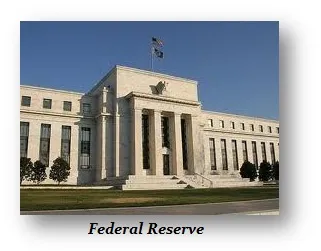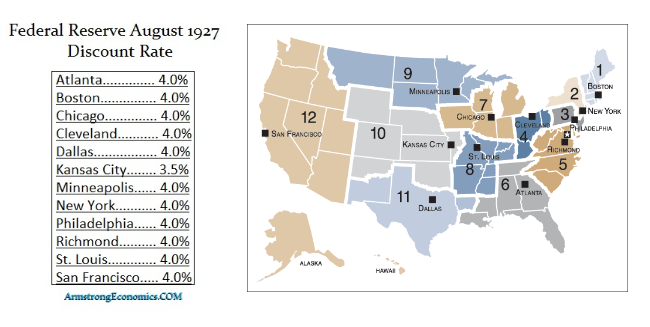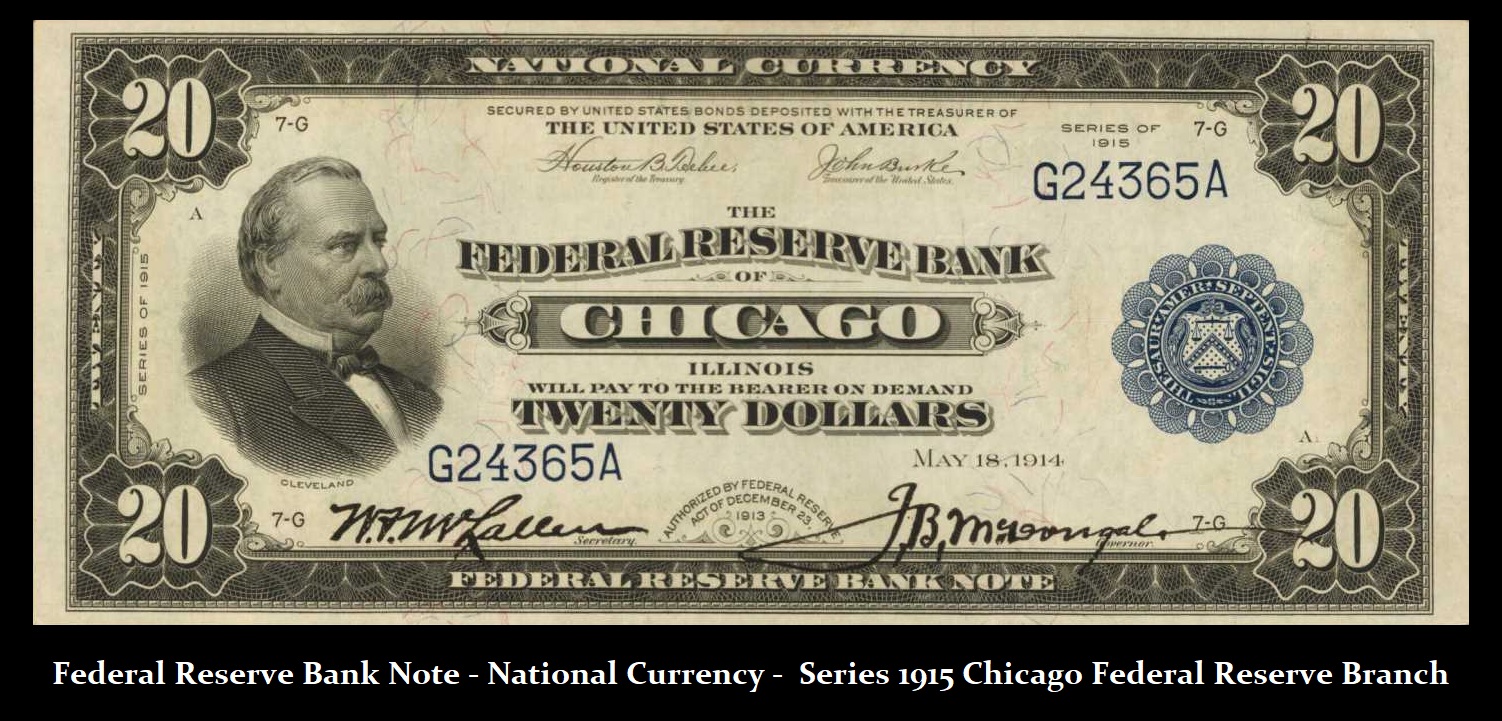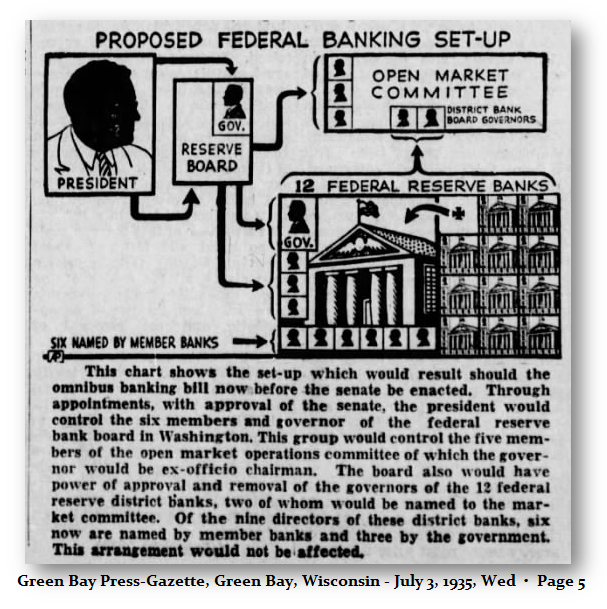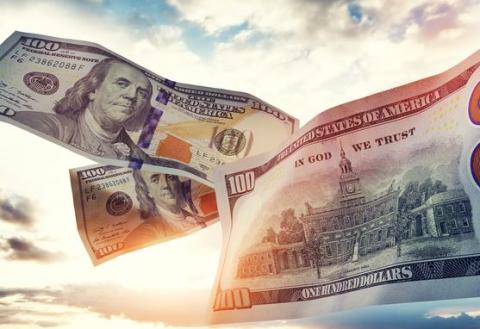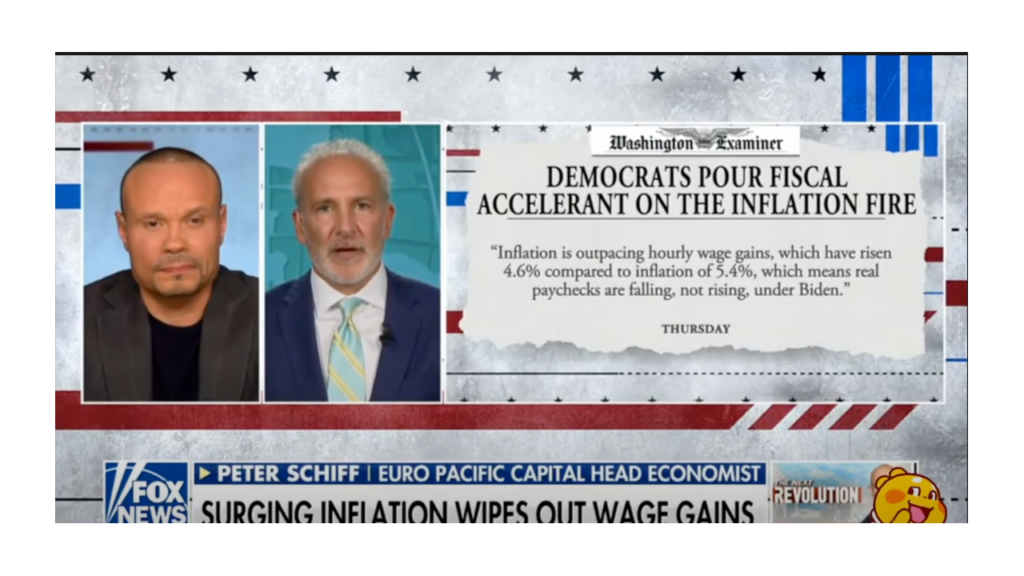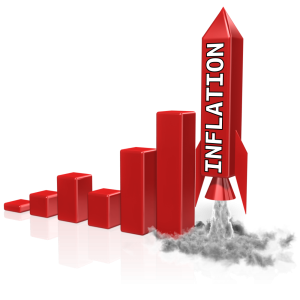If you ask most people, “what is money?” they will answer that money is the generally accepted medium of exchange. If you ask Google Images, it will show you many pictures of green pieces of paper. Virtually everyone agrees that money means the dollar.
 Image credit: Cildo Meireles
Image credit: Cildo Meireles
Breaking Down the Dollar Monetary System
What does it mean to have a dollar? If you hold a piece of paper with green ink on it, which says “ONE DOLLAR”, you may notice that it also says, at the top, “FEDERAL RESERVE NOTE”. Note is a word for credit. The dollar bill (bill is also a word for a credit instrument) is a credit of some kind, the credit of the Federal Reserve. The paper itself has no value, apart from that it is the obligation of a party whose full faith and credit is beyond question. It would be something like the fallacy of reification, to confuse the green piece of paper with the monetary value it represents.
Banking, Lending and the Fed
Most holders of dollars do not hold them in the form of actual pieces of paper. For reasons of convenience, and safety and security, people deposit them in a bank. That is, they may think of it as having dollars in a bank (just as they think of the paper as the money). But let’s drill down into that. Most people know that the bank does not just put all the green pieces of paper into a vault. The bank holds a small amount of paper cash, based on what it expects to pay during the business day. The rest, well, the bank does something–or–other with them…
…click on the above link to read the rest of the article…



